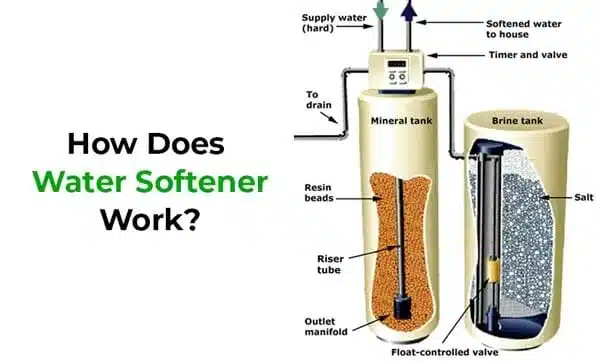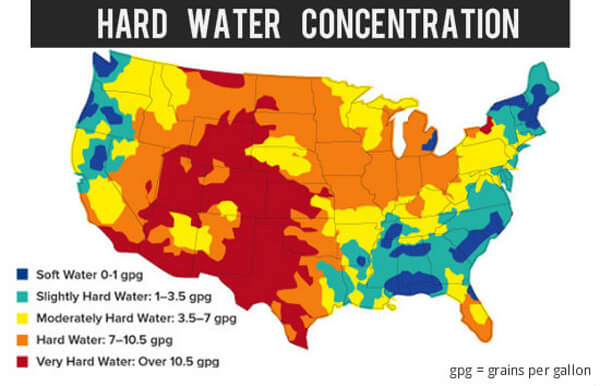Lake Mead is a large reservoir located on the Colorado River, straddling the border between Nevada and Arizona. The lake is the largest water storage facility in the United States, with a capacity of over 26 million acre-feet of water. It provides water to millions of people in the southwest, including Las Vegas. It is also a popular recreational area for boating, fishing, and camping. But what exactly is in the water of Lake Mead?
The Sorce of Lake Mead Water
To answer that question, we need to understand where the water comes from. In addition to the Colorado River, which flows into the lake, there are several tributaries that also feed into it. These include the Virgin River, the Muddy River, and the Virgin River Basin. The water that enters Lake Mead is primarily snowmelt from the Rocky Mountains and the Sierra Nevada, which drains into the Colorado River and its tributaries. Additionally, Las Vegas returns its treated wastewater back into the lake.
Is Lake Mead Water Safe
The drinking water in Lake Mead is generally regarded as safe for consumption and other purposes. Nevertheless, it does possess numerous minerals and substances that can influence its taste and overall quality. Specifically, the lake water has elevated levels of dissolved minerals like calcium, magnesium, and sodium. These minerals have the potential to accumulate scale in pipes and appliances and may impact the water’s flavor. To address these concerns, utilizing a water softener and reverse osmosis system can be beneficial.
In addition, Lake Mead water can also contain trace amounts of pollutants, such as pesticides, herbicides, and industrial chemicals. These pollutants can come from agricultural runoff, urban stormwater, and other sources. To ensure that the water meets safety standards for drinking, the Southern Nevada Water Authority, which manages the water distribution system in the Las Vegas area, treats the water to remove impurities and control the levels of minerals.
In Conclusion
Lake Mead is an important source of water for millions of people and is managed carefully to maintain its quality. While the water does contain minerals and other substances, most of them are not harmful at the levels present in the lake. If you plan to visit Lake Mead for recreational purposes, be sure to follow all posted signs and guidelines for safe swimming and boating.

